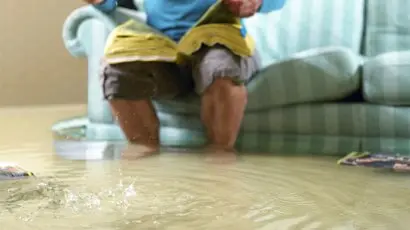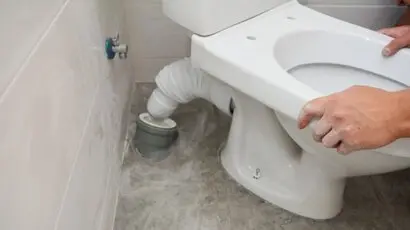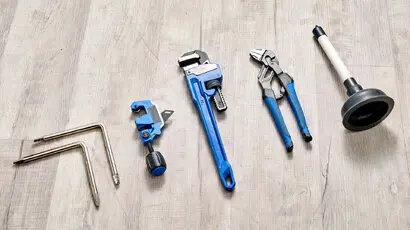How To Clean Your Sump Pump
Get our expert’s tips and learn how to clean a sump pump the easy way. You’ll also learn why regular cleaning and maintenance are crucial to keeping your sump pump in top shape.
Wondering if your sump pump is working as it should? It might be time to give it a clean if it’s been a while!
Sump pumps are essential for preventing basement flooding by evacuating water from the basement. They help reduce basement humidity, water damage, rust, and mould growth.
An average sump pump in the basement also helps remove standing water beyond the foundation walls, keeping your home’s foundation clean and stable.
Keeping up with regular maintenance and cleaning ensures your sump pump is in tip-top shape and ready to go when you need it most. Generally, giving it a clean once a year is a safe bet, but don’t forget to check your owner’s manual for any special instructions.
Now, if you have a sump pit in your house, you must wonder how and when to clean a sump pump and sump pit. So, let’s get started!
Take all required safety precautions before beginning to clean your sump pump. Ensure nobody uses appliances that drain into your sump pit, such as a dishwasher. You should also ensure that no basement water is leaking into the trench.
Throw on some protective gloves to keep your arms safe from any muck or debris while you’re working with the sump pump. Better safe than sorry!
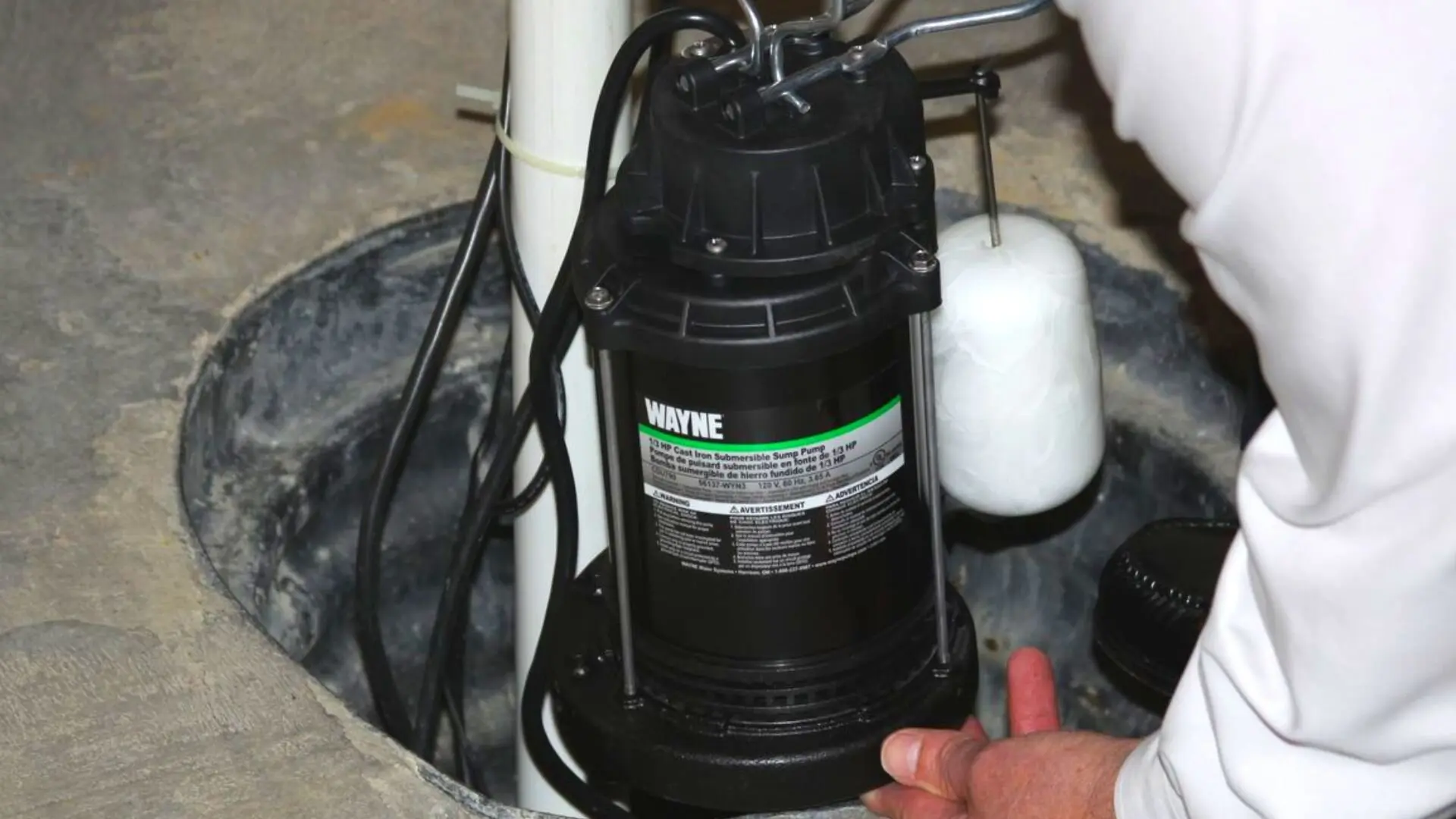
You’ll need the following cleansing supplies to clean your sump tank:
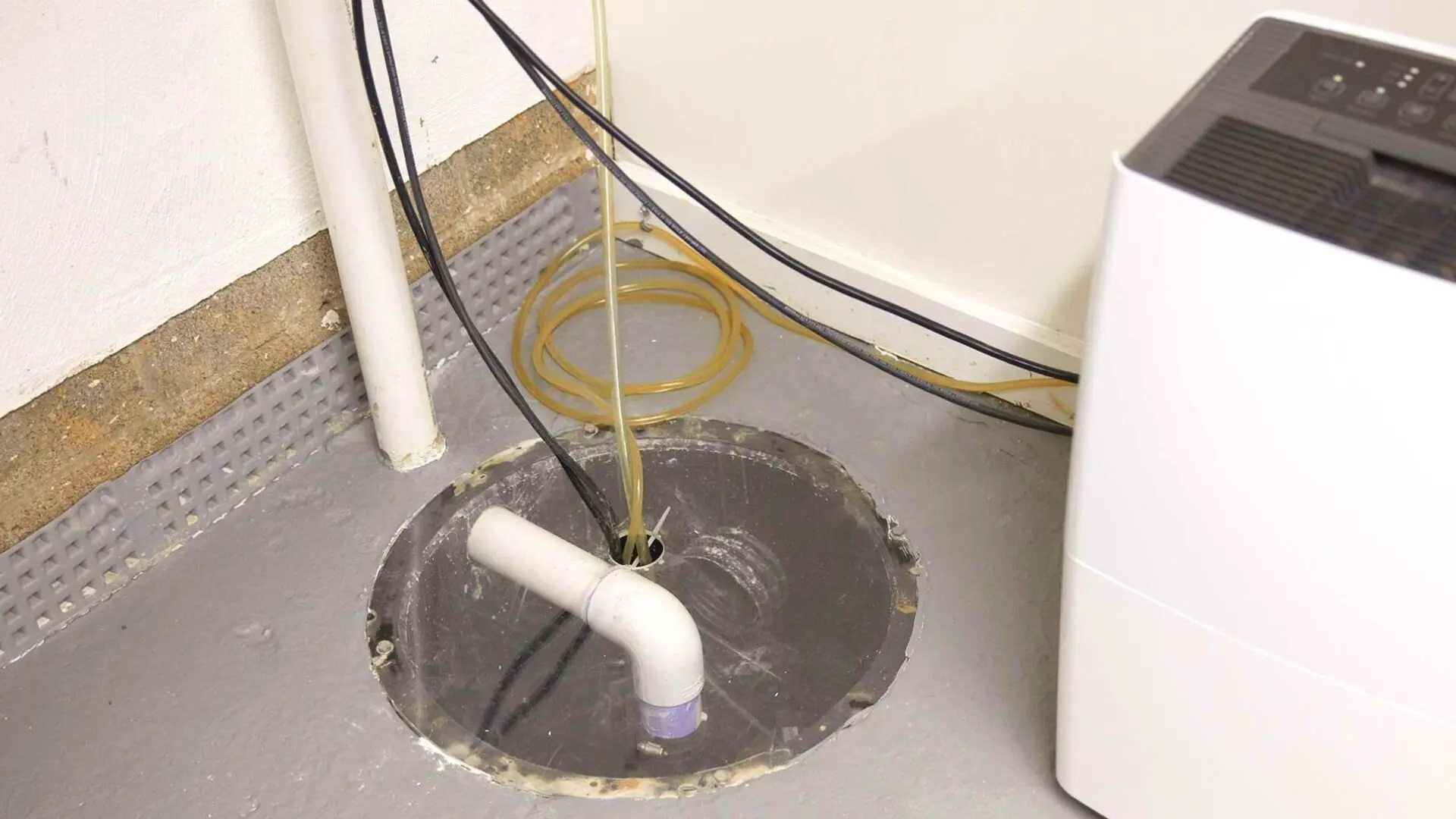
To begin with, disconnect the power of your sump pump and other accessories from the power source (such as a backup battery or an alarm). This is critical to avoid possible electrical mishaps, such as electrocution and burns.
First, loosen any bolts or screws attaching your sump pump to the outlet pipe, and gently separate them. If you hit a snag, it could be mould causing the resistance between the pump and the pipe.
To remove the mould, scrub this area with a disinfectant or bleach. If you’re having trouble separating the discharge line and pump, a lubricant like WD-40 might help free the trapped pieces.
Remove your sump pump from the pit to ensure adequate cleaning. To clean the pumps and basin thoroughly, cover them in plastic sheeting and take them outside, allowing you to reach every pump element.
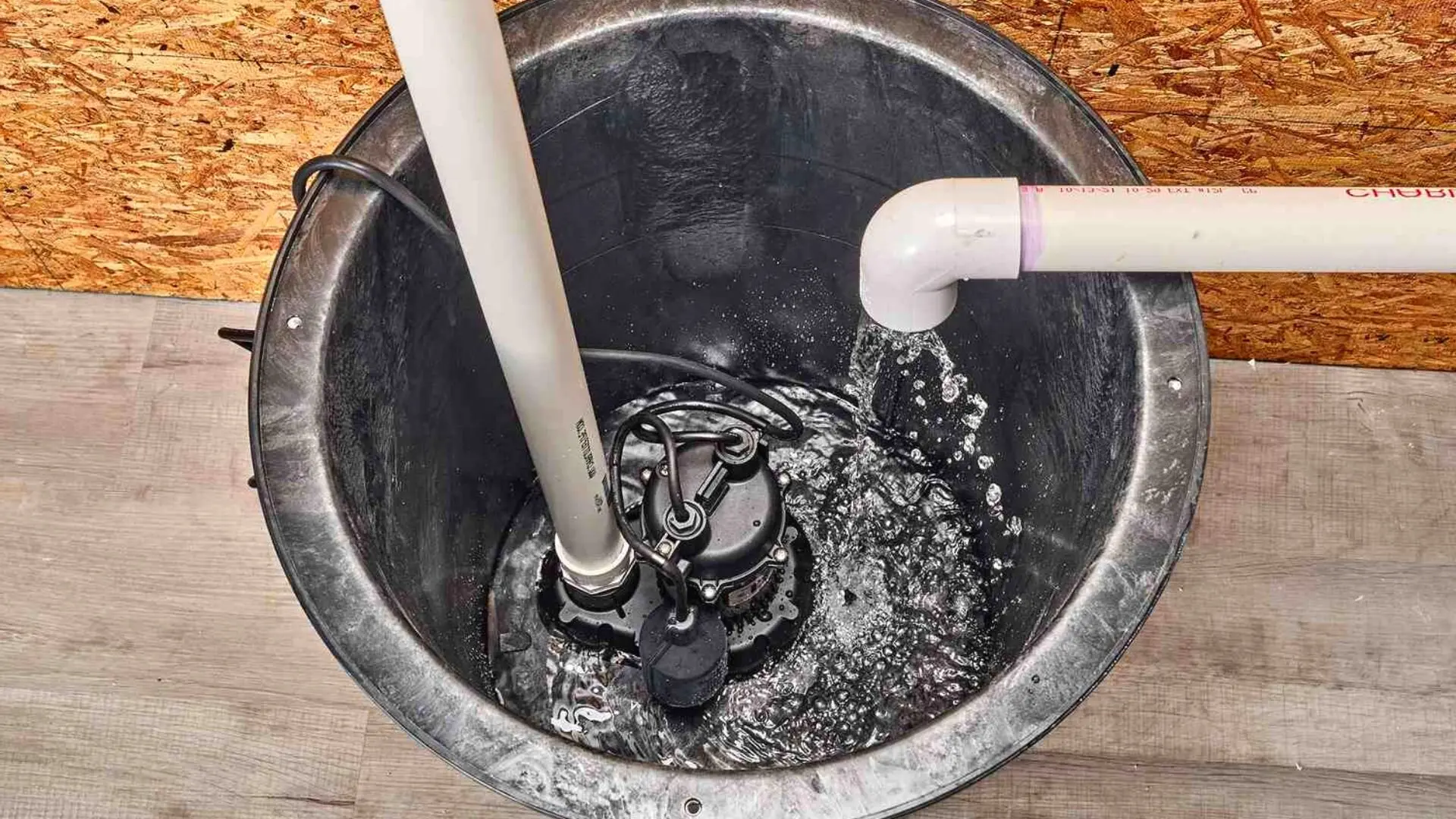
Once you’re outside, you may begin cleaning. One of the easiest and most efficient methods to clean a sump pump is to scrape off any accumulation or mould using a warm towel, scrubber, plastic scraper, or putty knife.
While at it, check your sump pump for corrosion or rust, especially on the pump casing and power supply. If it has piled to the point that you can’t remove it by yourself, you may blow it away with a garden hose. If you let your metal pump rust, it will have a much-reduced life expectancy.
After removing all the mould and filth, disinfect the sump pump and the pump basin. Wipe down the exterior of the sump pump with a disinfectant, including any crevices and gaps where mould might grow—clean other components, including the float switch and the check valve. Finally, sterilise and clean the sump pump container.
Use a wet/dry suction cleaner to remove all debris and standing water from the sump pit. When you’re finished vacuuming, ensure to unload your vacuum cleaner. You don’t want it to sit in nasty, mould-infested water overnight.
Once you’ve cleaned the sump pump and sump pit, reattach your pump. Begin by reconnecting the trash pipe, then add the supports before plugging it into the power source and attaching it to the various accessories. Once everything is in order, fill the sump pump basin with water and test the pump.
If you reside in an area with a lot of groundwater or are prone to floods, you must perform proper cleaning and check your sump pump installation once a month. Also, inspect it after each significant rainfall or storm. If your sump pump is defective or broken, you should have a skilled plumber evaluate it and perform any required plumbing repairs. This is especially crucial since sump pump repairs need specific tools and abilities.
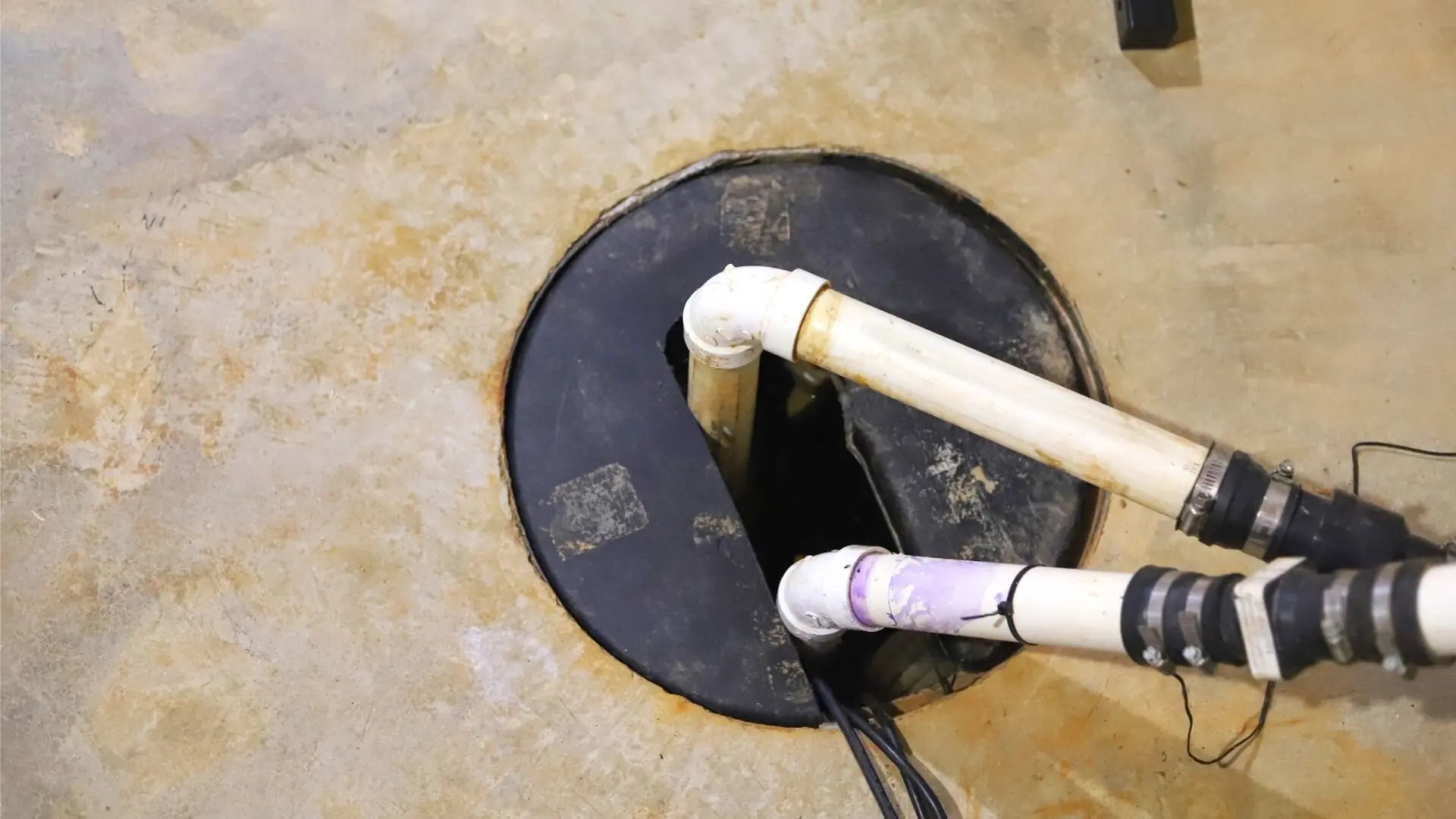
Sump pumps protect your home from major flooding by collecting wastewater and directing it away from the structure. Without one, groundwater can easily accumulate and start seeping through your foundation.
Flooding is hazardous, expensive, and devastating. Therefore, a properly running sump pump is critical for protecting your property. Call WP Plumbing today if your pump is broken or you need a sump pump constructed at home.
At WP Plumbing, we’re committed to providing top-notch plumbing services for Melbourne locals. From pumping your septic tank to cleaning sump pumps or fixing a leaking tap, our skilled plumbers are ready to tackle any job.
That’s it on our guide on how to clean a sump pump and sump pit! We hope you enjoyed it and look forward to seeing you next time!
Do you suspect there is a plumbing leak at home but don’t know how to find the problem? Read our guide to learn about the common signs you need to look out for.
Do you know what the purpose of a toilet flange is? Understanding your plumbing system is crucial to maintaining it. Learn about how your toilet works in our guide!
Identify and prevent common plumbing issues in your house, and learn how to keep your pipes in the best condition. Enhance the plumbing in your home today!
